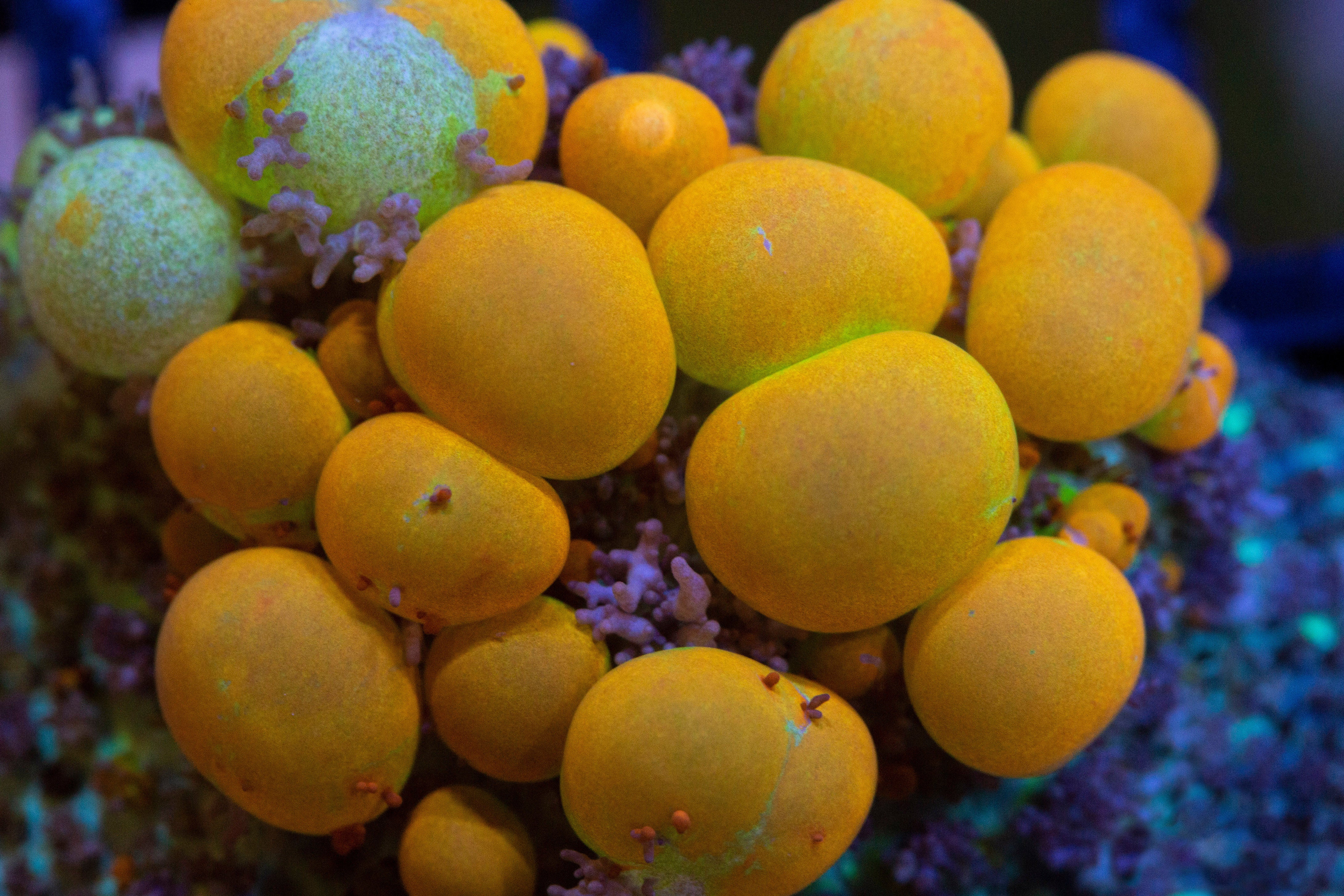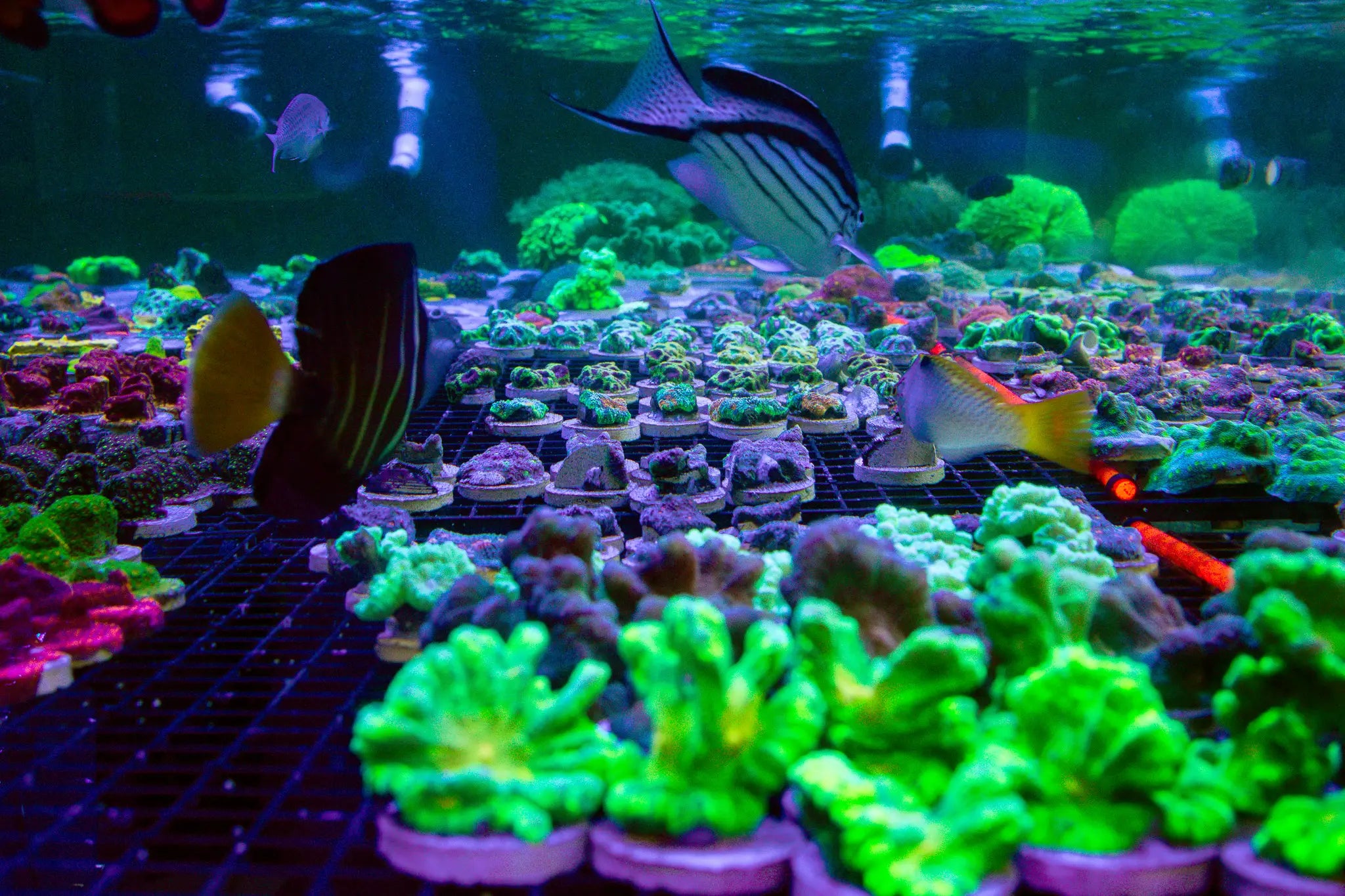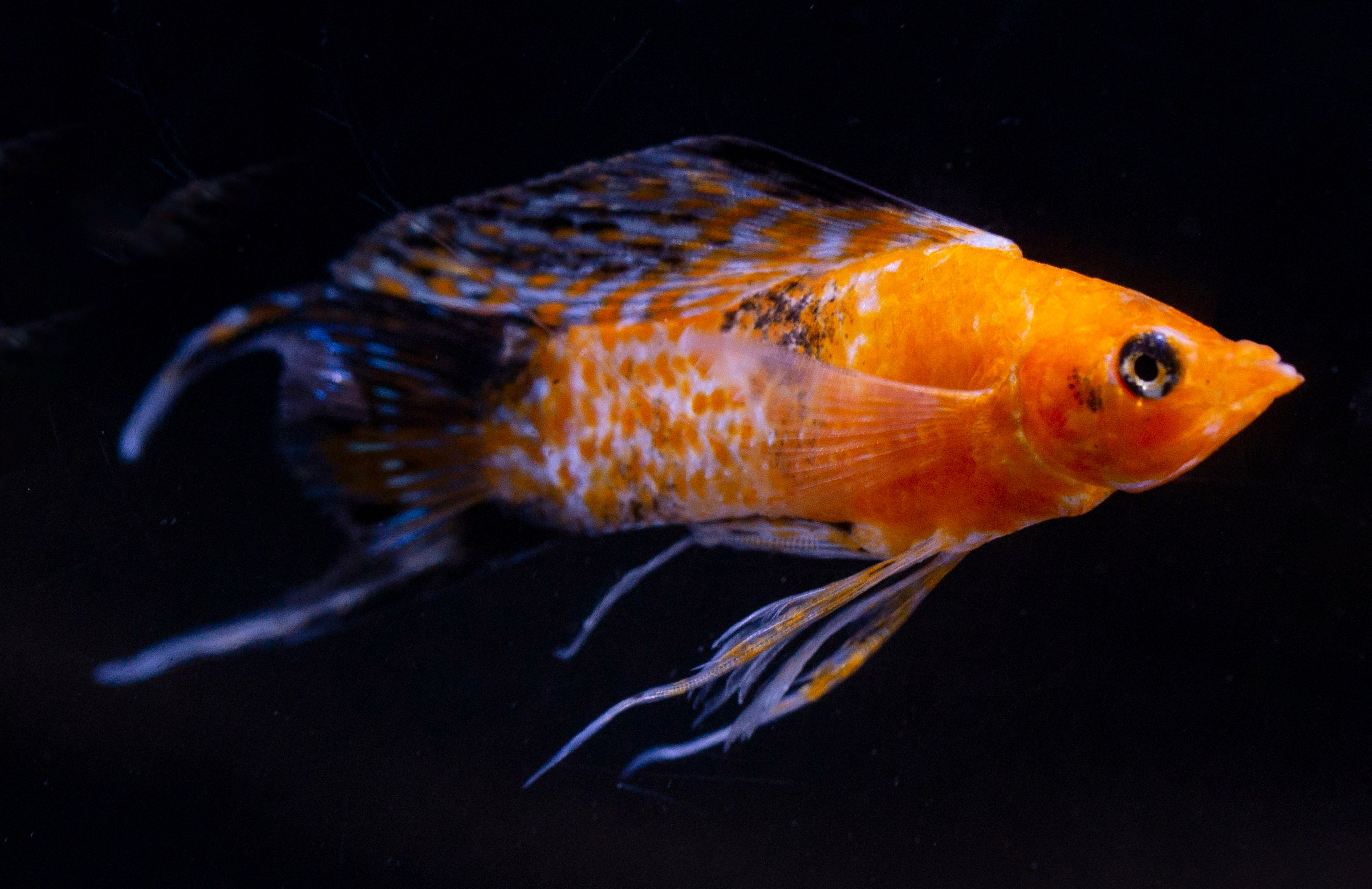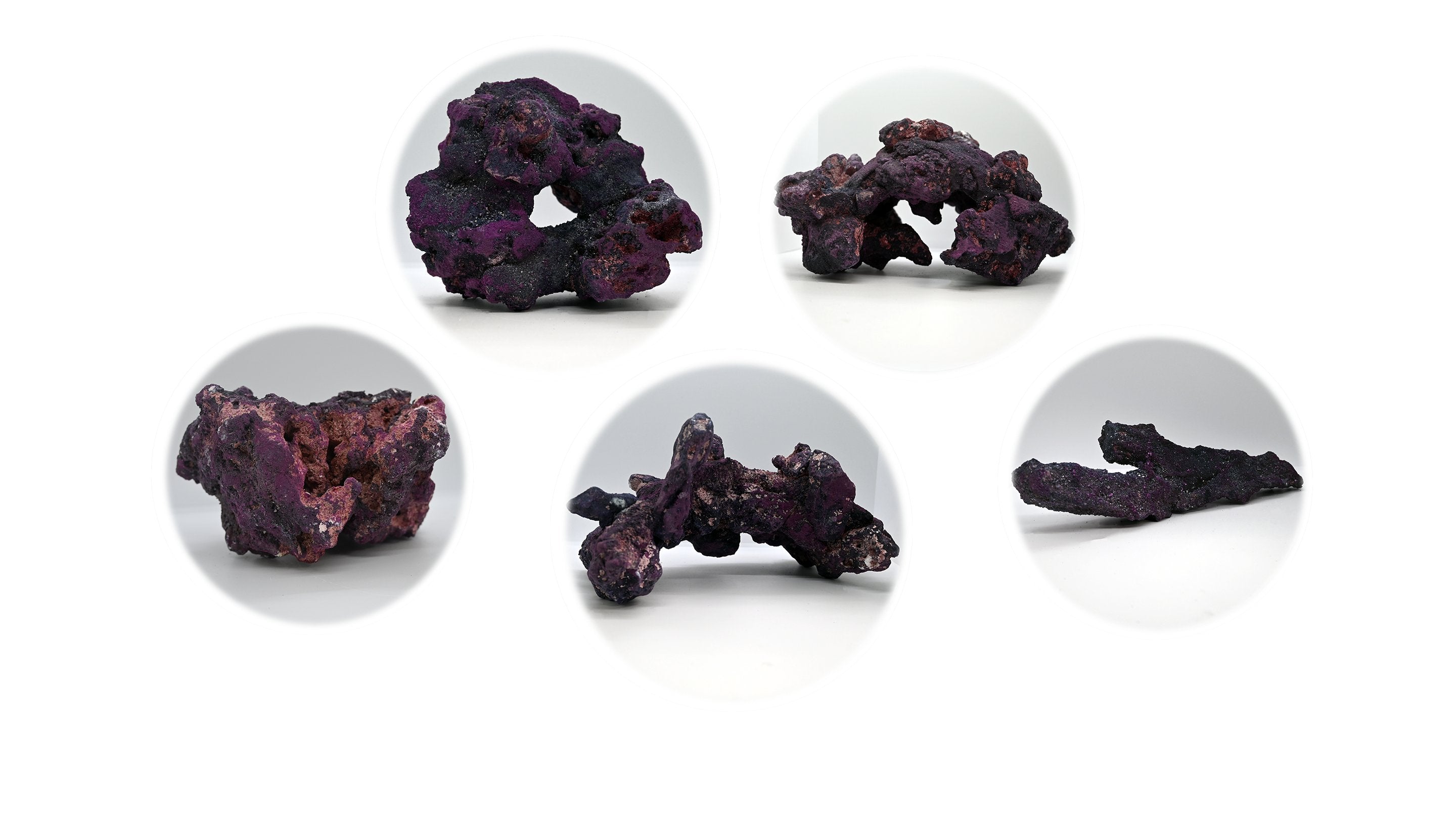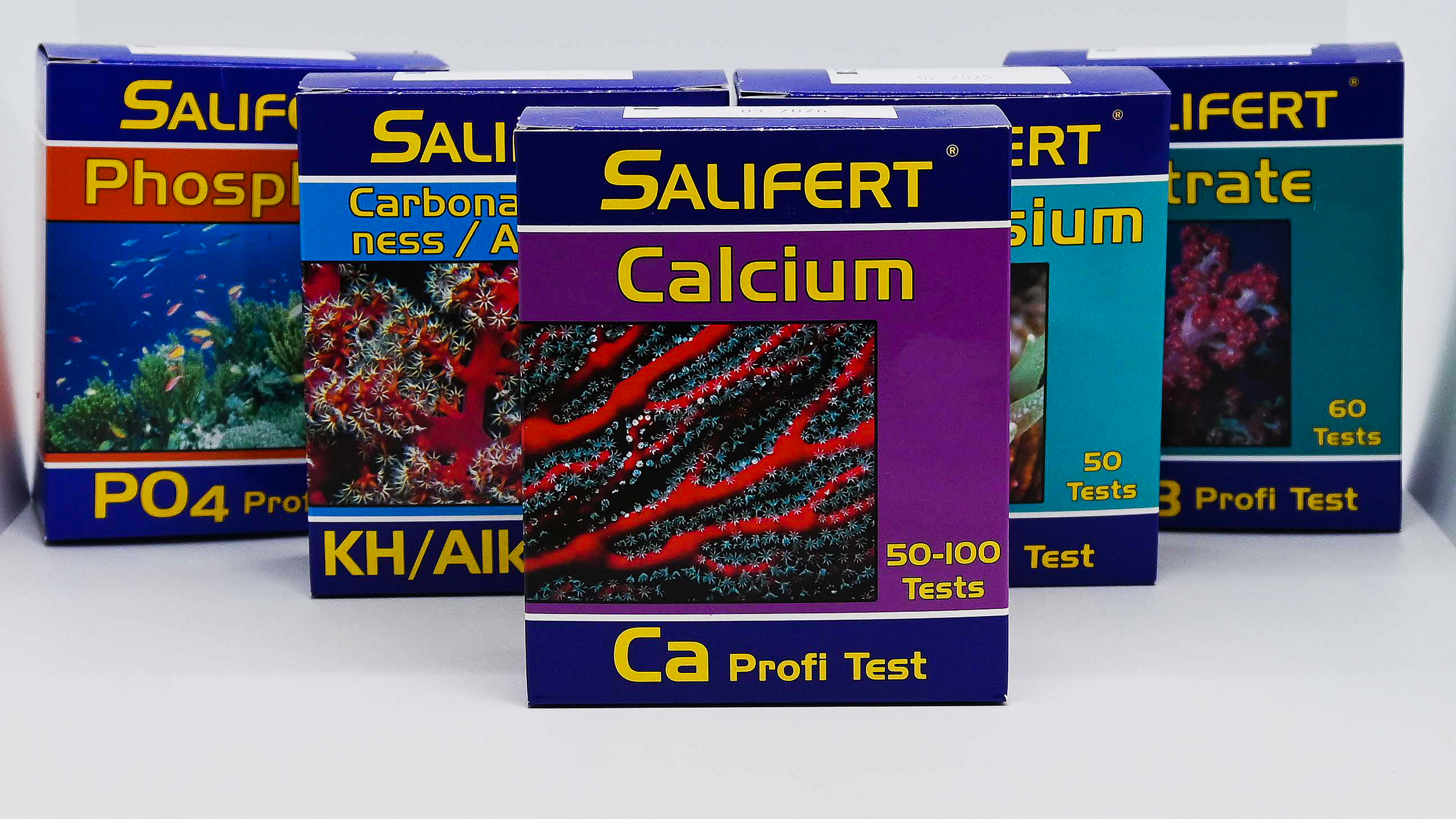
Haplochromis Flameback Cichlid
- Low stock - 3 items left
- Backordered, shipping soon
The Haplochromis Flameback is a captivating and colorful cichlid known for its striking red dorsal stripe that contrasts beautifully against its metallic body. Native to the Lake Victoria basin in East Africa, this vibrant fish is sought after for its vivid hues and active behavior, adding energy to any aquarium.
Description:
• Common Name: Flameback Cichlid
• Scientific Name: Haplochromis sp. “Flameback”
• Family: Cichlidae
• Size: 3-4 inches (7.5-10 cm)
• Color: Metallic silver to gold body with a bright red or orange stripe running along the dorsal region.
Native Region:
Originating from the Lake Victoria basin, this cichlid inhabits shallow, rocky areas where it finds shelter and food.
Aquarium Setup:
• Tank Size: Minimum of 30 gallons (114 liters) for a single specimen or a pair; larger tanks are recommended for community setups.
• Substrate: Sand or fine gravel to mimic their natural habitat.
• Aquascaping: Create rocky caves, ledges, and hiding spots using stones and driftwood. Ensure open swimming space to accommodate their active nature.
Water Parameters:
• Temperature: 75-81°F (24-27°C)
• pH: 7.2-8.6, preferring slightly alkaline water.
• Hardness: Moderately hard to hard water (10-20 dGH).
Care Level:
• Difficulty: Moderate
• Diet: Omnivorous; a balanced diet includes high-quality cichlid pellets, flakes, and occasional live or frozen food such as brine shrimp or daphnia.
• Behavior: Semi-aggressive; best kept with other robust cichlids or fish of similar temperament. Avoid keeping with smaller, more passive fish.
Additional Tips:
• Tank Mates: Ideal companions include other Lake Victoria cichlids, select African cichlids from Lake Malawi, or species like Synodontis catfish. Avoid delicate or overly aggressive species.
• Decor: Ensure sturdy decorations, as Flamebacks can dig or move small objects during territorial disputes or breeding.
• Cover: Provide enough hiding spaces and visual barriers to reduce aggression and create territorial boundaries.





